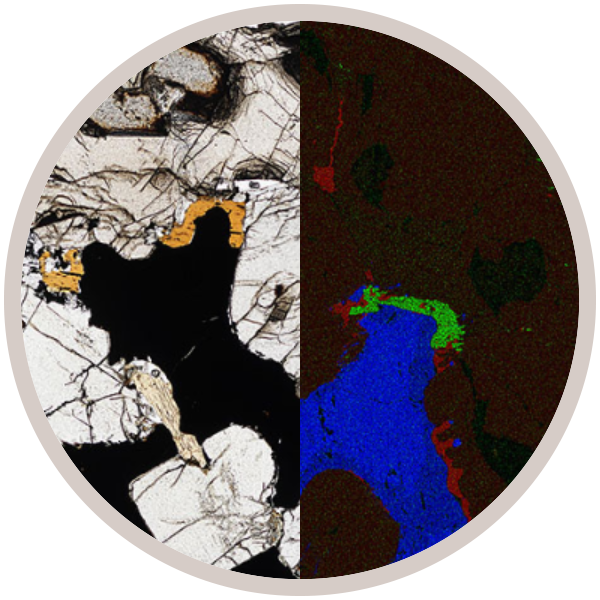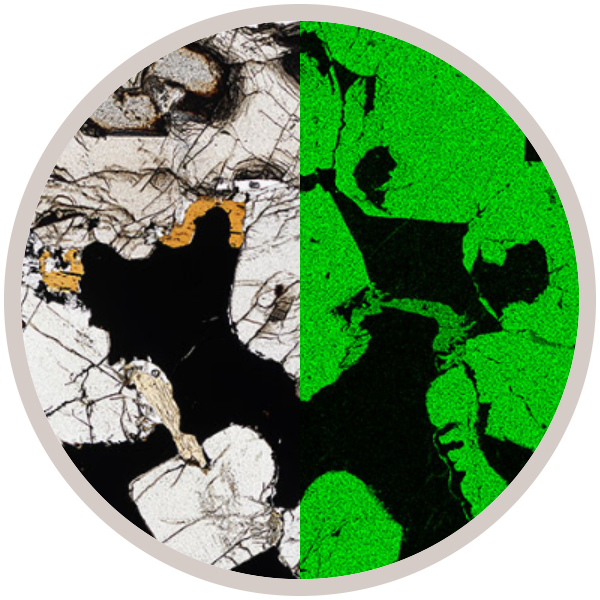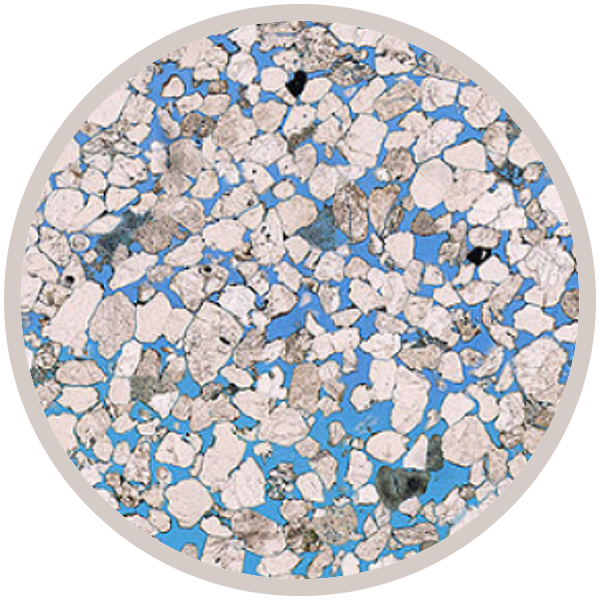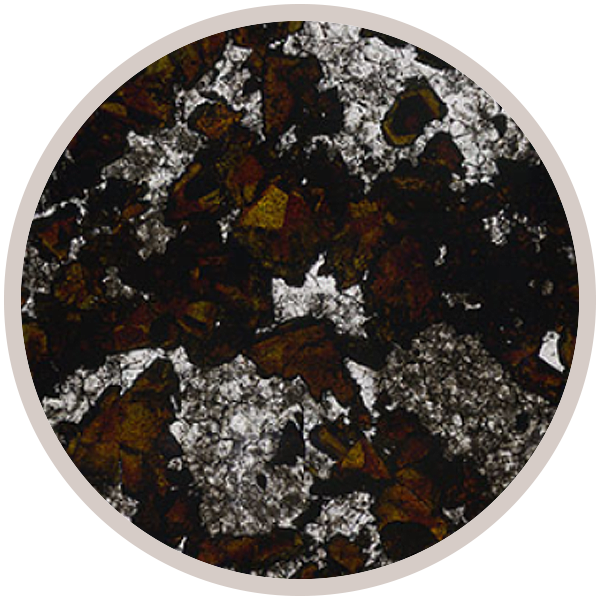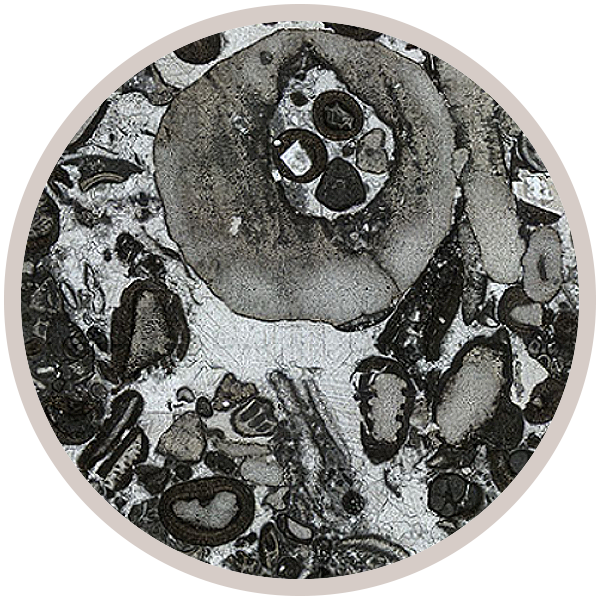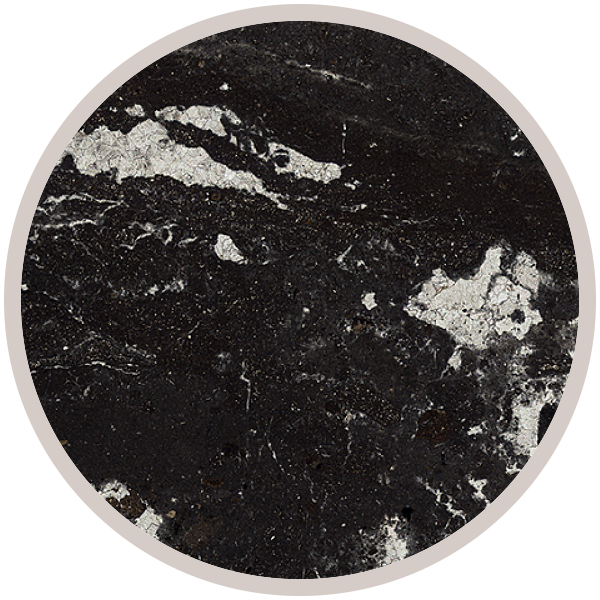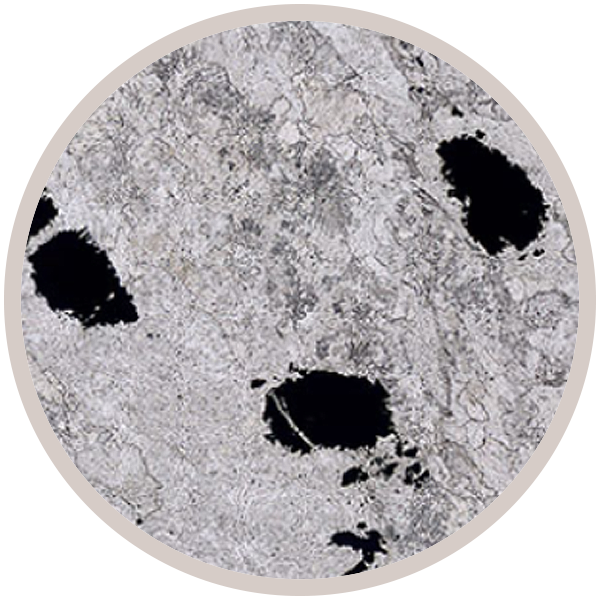
Fact sheet
This carbonate-rich metaperidotite is included to illustrate that serpentinite is not the only low-grade product from peridotite. Talc looks like a felted mass of fine-grained muscovite flakes, but with even higher birefringence. The carbonate is magnesite (MgCO3) with some blocky grains (rhombs) of dolomite. Opaques are magnetite.
A group of iCRAG members (UCC, TCD, NUIG and UCD) in partnership with The Open University have created a new collection of Irish rocks and associated learning materials for the Virtual Microscope of Earth Sciences.
The project which is entitled 'The Geoscience e-Laboratory (GeoLab): Developing Digital Teaching and Learning Resources for the Virtual Microscope' seeks to develop open access teaching resources in the form of interactive exercises and assessment rubrics for the Virtual Microscope. Find out more about the project at the GeoLab website.
The Collection was created using funding from the Faculty of Engineering, Mathematics and Science at Trinity College, Dublin, and the National Forum Teaching and Learning Enhancement Fund. One sample (Merensky Reef) showcasing x-ray element maps in addition to the usual PPL/XPL/REF images was funded by Prof. Balz Kamber's MetalIntelligence EU training network grant.

